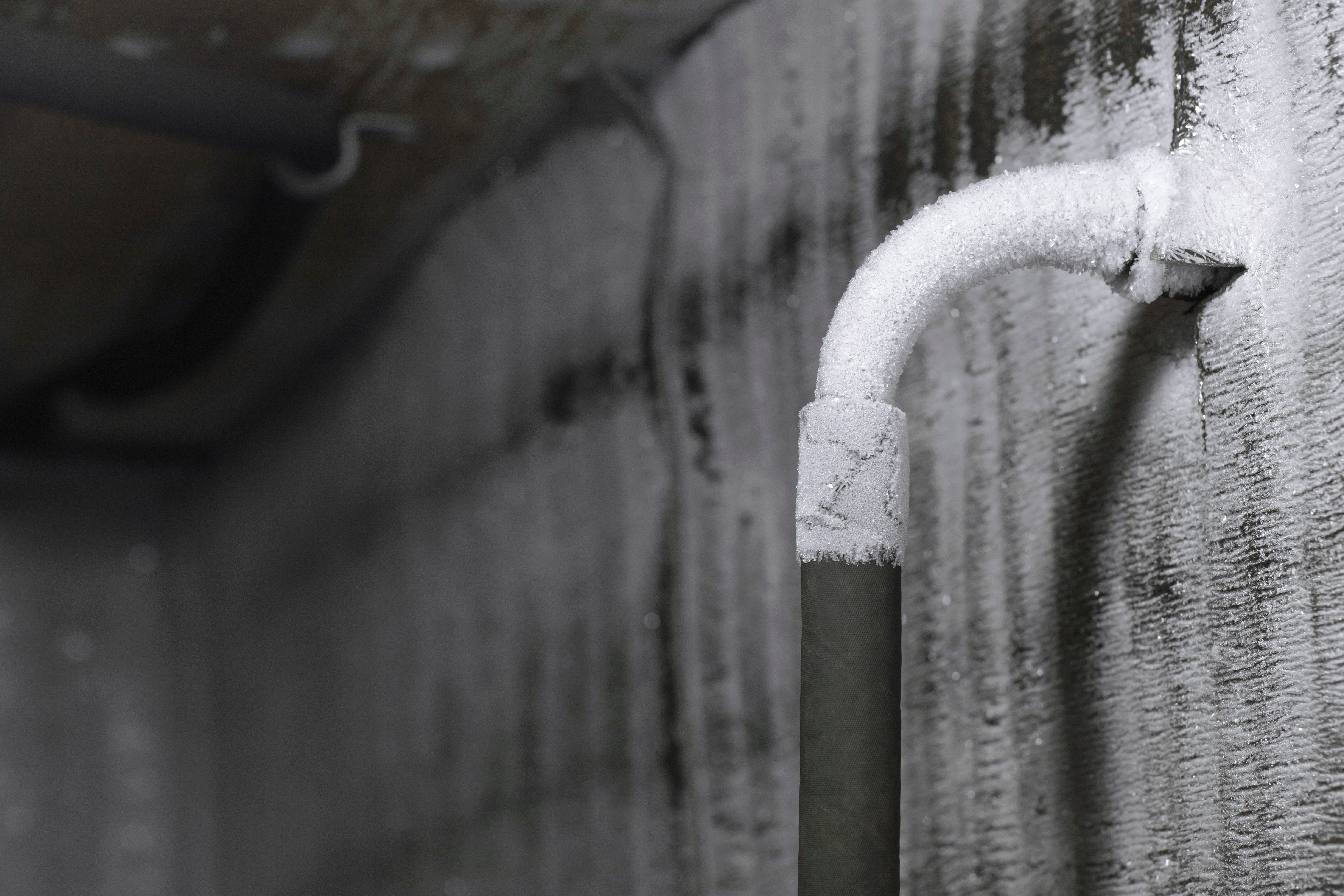Frozen Pipe Repair & Insulation
To avoid the havoc caused by frozen pipes, it's essential to take proactive measures. While controlling the weather is impossible, you can take these steps to minimize the risk of frozen pipes when temperatures plummet:
Start a steady trickle of cold water from a faucet to keep water flowing through pipes and prevent freezing. Enhance airflow around pipes by opening under-sink cabinets and placing small fans strategically. Ensure that basement doors, windows, and crawl spaces are well-sealed and insulated. Protect external and exposed pipes with suitable insulation materials. Before winter sets in, drain your sprinkler system and disconnect outdoor hoses and water spigots. Seal and insulate your attic, and consider upgrading inefficient windows and doors. For colder regions, installing storm windows and plastic coverings can provide additional protection.
FAQs
Yes, frozen pipes can be fixed. If a pipe hasn't burst, plumbers can thaw it using tools, warm towels, or space heaters. Burst pipes require repair kits or replacements to prevent further damage. In case of a burst, calling a plumber promptly is crucial to minimize water damage and ensure proper repairs.
Repair methods for frozen pipes involve manual thawing techniques or specialized burst pipe repair services, depending on the extent of damage sustained.







